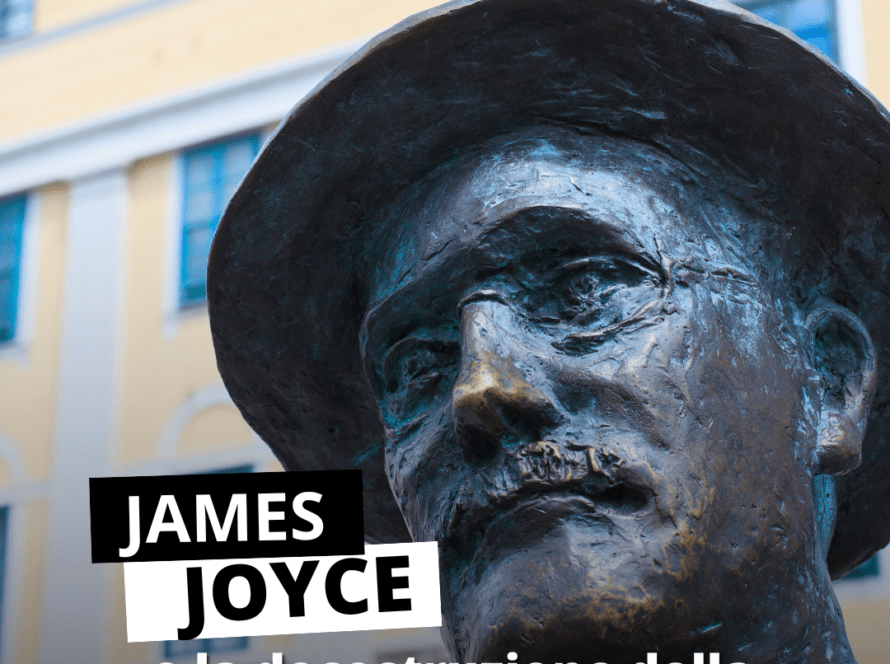Eighty years ago, Italy freed itself from the fascist regime. April 25, 1945, was not just the final act of a war but the beginning of a new collective narrative. From that spring day in 1945, Liberation Day has become a fundamental occasion to remember a dark period in Italian history. And it wasn’t just the partisans with weapons who shaped that narrative, but also clandestine communicators, couriers, improvised editorial teams, and voices transmitted over the airwaves. Because every act of resistance begins with a word, a sign, a symbol capable of breaking imposed silence.
Awareness cannot emerge in a vacuum: it requires access to freedom of speech and of the press. As George Orwell wrote in his dystopian novel 1984: “Until they become conscious they will never rebel, and until after they have rebelled they cannot become conscious.”
“Aldo says 26×1”: the message that changed everything
“Aldo says 26×1” is one of the most iconic phrases of the Italian Resistance. Simple, coded, impactful. It appeared on telexes, handwritten notes, and walls—it was the agreed-upon signal to launch the general uprising against Nazi-fascism in Northern Italy. Today, this message could be compared to viral hashtags: a shared code among a community, an identity expression, a communicative act that mobilizes without explanation. No need for clarification—those who needed to understand, understood.
As with today’s slogans—from #MeToo to #MahsaAmini—“Aldo says 26×1” was short, punchy, and capable of activating an entire network of listeners. In that linguistic fragment was a call to action, the awareness that no one was alone, and the courage to break silence. In modern terms, it was a freedom anthem gone viral.
Tiananmen Square, Triangles, Slogans: the universal grammar of resistance
It’s not only Italian history that speaks to the power of communication in liberation. The photo of the man with a bag standing alone in front of tanks in Tiananmen Square (1989) is a powerful example of visual communication: no words, yet a global, unrepeatable, and instantly recognizable message.
Similarly, in contemporary feminism, the triangle-shaped hand gesture (symbolizing the female sex) has become a political, visual, and disruptive act. A non-verbal, yet highly coded form of communication used in protests against gender violence worldwide.
Recently, this icon has caught the attention of analysts and visual language observers: the downward-pointing triangle used in Hamas’s emblem has been reused, modified, or reinterpreted in various social media content, generating reactions, criticism, and symbolic confusion.
For communication professionals, this is tricky yet crucial ground: one must be able to read codes, understand their origins, evolution, and impact. In an age of virality, communication plays a defining role in historical processes. Slogans like “Ni una menos,” “Je suis Charlie,” “I can’t breathe,” or “We are the 99%” have constructed true alternative narratives to official ones. Simple phrases, repeated, meme-like—but incredibly powerful. Just like “Aldo says 26×1.”
The free exchange of ideas and information is the backbone of any democracy. On Liberation Day, we are reminded how vital it is to protect the right to expression.
Because communication—as we’ve seen through the language of the Resistance—is never neutral. And symbols, even geometric ones, are powerful tools: they activate identity, emotion, and memory.
In our daily work as communicators, we must always ask: what is this symbol really saying? What does it activate in the eyes of the observer? In a world where every symbol can go viral, we need more than ever a strategic and cultural awareness. Today, as then, every communicative act can be a political one. A hashtag, a gesture, a phrase on a wall. History teaches us that. It’s up to us to listen.





